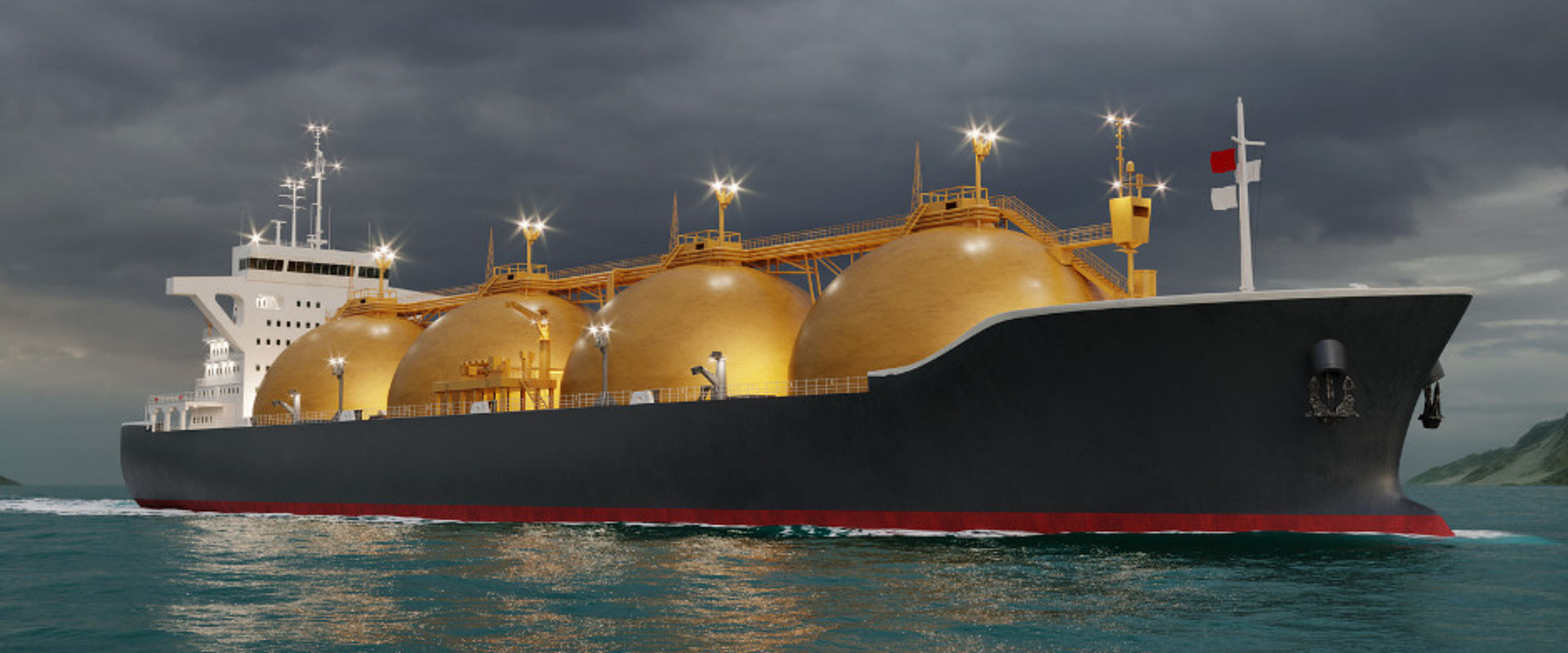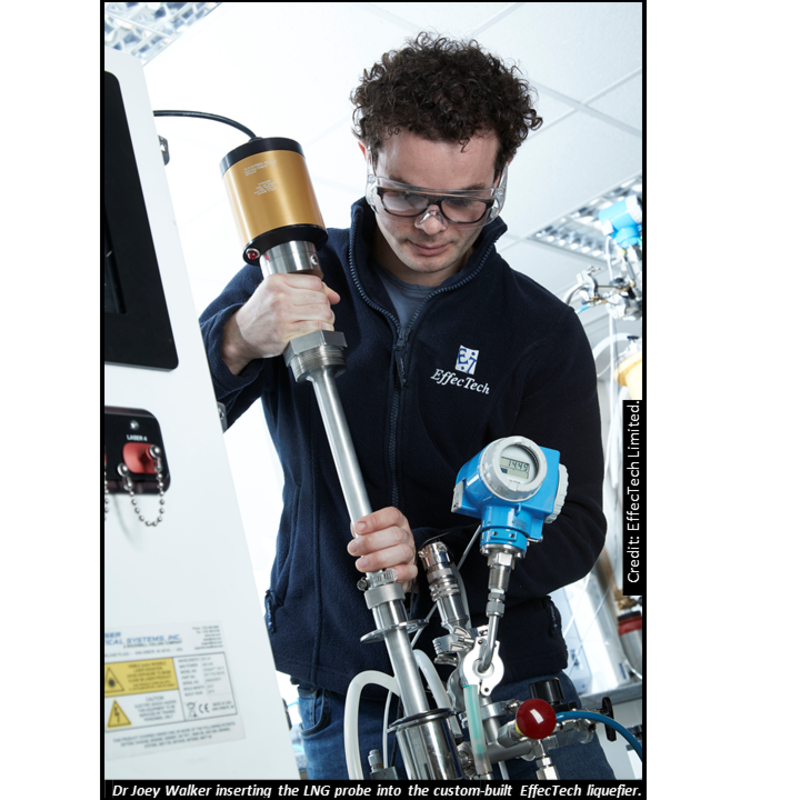
Ensuring confidence in liquid natural gas composition
Challenge
Natural gas is a cleaner alternative fuel to other petrochemicals and its use is considered to be an essential step in making Europe carbon neutral by 2050. When extracted it is cooled below -160 ºC (~113 K) to form liquid natural gas (LNG) which reduces its volume 600 times, allowing it to be more easily transported and stored.
The trade in LNG is based on its content of the energy gases which can vary significantly depending on source and can change during transport or storage.
Knowledge of its exact composition is essential for billing, and even a 1 % measurement uncertainty can translate to a financial loss of 500 000 Euros to either the buyer or the seller per tanker of LNG each time its (un)loaded.
To determine LNG composition samples are drawn off, vapourised and measured by techniques such as gas chromatography. However, these approaches are known to be prone to errors due to fractionation, where different components vaporise at slightly different temperatures, biasing the analysis. Making direct measurements on the liquid form using optical methods would bypass the requirement for transitioning from liquid to gas and prevent such artefacts. However, this is difficult to achieve due to the low temperatures involved and no metrologically validated methods for the calibration of such instruments were available world-wide.
Solution
During the LNG III project an ISO 17025 accredited liquefier for the calibration of LNG probes was provided by the UK company EffecTech Limited.
Its ability to calibrate an optical Raman probe was assessed using 7 certified LNG based reference gas mixtures designed to mimic the composition of different LNG sources from around the world. The gas mixtures went through a condensation/liquefaction process, and the composition determined using an optical Raman probe inserted into the liquefier.
Results were verified using gas chromatography and compared to modelled calculations using state-of-the art equations of state for determining the thermodynamic properties of LNG – GERG- 2008 – incorporated into specialised software (TREND 4.0). It was further tested with 8 designed gas mixtures by VSL, The Netherland’s National Metrology Institute within the project.
Excellent comparability was found for methane, with robust links to the SI, with measurement and modelling differences in the range 0.001% - 0.050%, and slightly higher for other LNG components, indicating the measurement uncertainty of the liquid composition was comparable to state-of-the-art calibration capabilities for natural gas.
Impact
EffecTech, based in the UK, is a global leader in measurement solutions for energy gases, providing reference materials, accredited inspection, and calibration and testing services to companies along the entire supply chain – from exploration and production, transport and bunkering to industrial users. The company’s liquefier is now the first in the world to receive metrological validation on its ability to calibrate optical instruments for LNG composition.
EffecTech believe that this work, performed together with one of the top metrology institutes in Europe, will give its customers the confidence that the characterisation of the LNG they are trading will be one of the most accurate in the world. In addition, the transportable version of the liquefier will allow customers to perform in situ calibrations on their own instruments at the point of purchase or transport to verify the LNG composition, which in turn will boost the confidence of their own customers.
This improved confidence in measurements is essential for LNG to remain a cleaner alternative to other petrochemical products until Europe achieves its future goal of climate neutrality.
- Category
- EMPIR,
- Energy,
- EMN Energy Gases,
